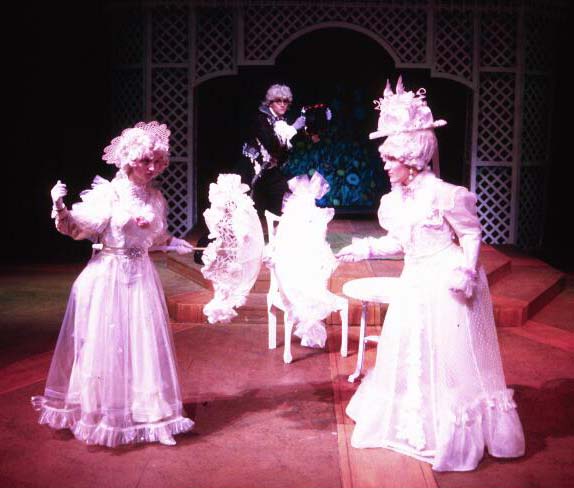
WWWilde, Acting I Showcase
SummaryLooks like the subdirectories will serve as the pages for workbook!QuestionsNotes
|
Part III in textbook (2003) is MASK...Why is it important to talk about "images"?
Two kinds of masks: fantasy and personal history.
Acting: A Handbook of the Stanislavski Method Reset and redesigned to offer a fresh look, this is an essential, comprehensive guide to the art and science of acting, as taught by the creator and great teachers of the Stanislavski Method.
Irreverent Acting
"The exercises and work in this book have enhanced my acting tremendously, given me a way of working that is unmatched by any other acting book I've ever come accross (and I've read a ton of em) and has made me a powerful teacher and director in my own right.
It explains Eric's Technique of Freeing the Instrument (Explained in great detail in his No Acting Please which should be read prior to this book.) It explains a new way of looking at material and personally connecting it to the actor through choices and choice approaches. It truly helps make the actor an artist in that he creates and is truly using himself.
If you utilize this work and combine it with some common sense of your own (if you don't combine it with some common sense--some of it can get you into trouble) your acting will take on a new dimension; you will be more open as an actor artist and human being.
You will learn how to free and tap into your emotions. How to make personal choices for your material. How to make Choice approaches or tools to connect you to the work and more! Read this book. Do the exercises. I can't recommend it enough."
